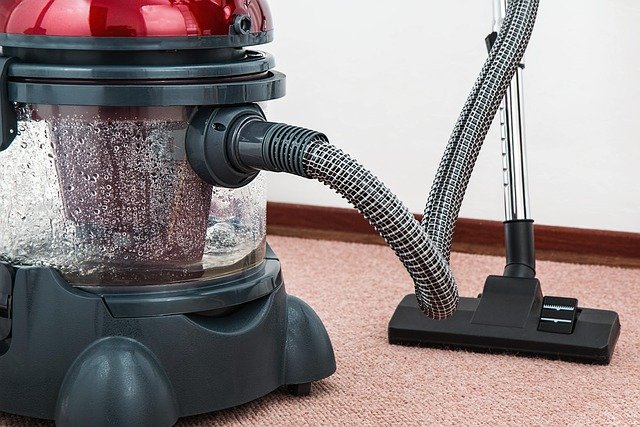Dust Cleaning: Practical Tips for Home and Furniture Care
Dust accumulates in every home, settling on surfaces, in vents, and inside fabrics. Regular dust cleaning reduces allergens, preserves furniture finishes, and improves indoor air quality. Understanding what dust is, how it behaves, and which tools and routines work best helps you keep living spaces cleaner with less effort. This article explains practical approaches for cleaning different surfaces, choosing cloths and tools, and deciding when to bring in local services for a deeper clean.

This article is for informational purposes only and should not be considered medical advice. Please consult a qualified healthcare professional for personalized guidance and treatment.
What is household dust and why it matters
Household dust is a mix of skin cells, textile fibers, pet dander, pollen, soil particles, and microscopic debris. In the home, these particles settle on shelves, electronics, and soft furnishings. Besides creating a visual layer of grime, dust can aggravate allergies and respiratory conditions in sensitive individuals. Regular removal helps reduce airborne particulates and slows the buildup that can damage finishes or clog HVAC filters. Understanding where dust accumulates lets you target cleaning efforts more efficiently.
How to clean furniture without spreading dust
Cleaning furniture requires methods that capture dust rather than disperse it. Start with soft-bristle brushes or a vacuum with upholstery and crevice attachments to lift dust from cushions, under seats, and along seams. For wood furniture, use a slightly damp microfiber cloth followed by a dry cloth to avoid streaks; avoid over-wetting which can harm finishes. For delicate or antique pieces, use a dry microfiber or a cloth recommended for the specific finish. Work from top to bottom so dust removed from higher surfaces falls to areas you will clean later.
Choosing cloths and tools for effective dust cleaning
The right cloth and tool choices make dust cleaning faster and more effective. Microfiber cloths trap dust fibers and hold particles without scattering them; they can be used dry or slightly damp for better capture. Avoid feather dusters for heavy dusting—they tend to push particles into the air. For electronics, use anti-static microfiber or compressed air for crevices. HEPA-filtered vacuums reduce airborne particulates when cleaning floors, upholstery, and curtains. Keep separate cloths for different tasks (e.g., one for furniture, another for kitchen surfaces) to reduce cross-contamination.
Daily cleaning habits to reduce dust buildup
Small daily habits significantly reduce the overall dust load. Wiping high-touch surfaces and horizontal ledges with a microfiber cloth every few days prevents thick layers from forming. Launder bedding weekly and vacuum carpets and rugs at least once a week, more often in homes with pets. Decluttering surfaces reduces hiding spots for dust and makes cleaning faster. Maintain HVAC filters and run air purifiers with HEPA filters if allergies are a concern. Proper ventilation after cooking or cleaning helps expel airborne particulates rather than letting them settle.
When to use local services for deep dust cleaning
Some dust issues benefit from professional attention. Deep cleaning services in your area can tackle upholstery shampooing, deep carpet extraction, duct cleaning, and whole-home dust removal that may be hard to achieve with routine tools. Consider local services if you notice persistent airborne dust after cleaning, visible dust in duct registers, or if allergies remain uncontrolled despite regular maintenance. Professional providers can access specialized equipment like industrial vacuums, steam cleaners, and HEPA-grade filtration systems that remove embedded dust and improve indoor air quality.
Conclusion
Effective dust cleaning combines the right tools, consistent routines, and targeted techniques for different surfaces. Using microfiber cloths, HEPA-filter vacuums, and gentle furniture cleaning methods reduces dust transfer and protects finishes. Daily habits—regular laundering, surface wiping, and filter maintenance—will lower overall dust accumulation. For stubborn or widespread issues, local cleaning services offer deeper interventions that can restore cleaner indoor air and surfaces.






